It’s no secret that we’re pretty big on bikes. We think they’re pretty fun to ride (and are kind of like magic carpets ferrying you home in the wee hours when everyone else is fighting for cabs) and we love when friends ask us for help breaking into biking in the city. More bikes are better for everyone involved, in our opinion.
And so, though we’re a bit confused as to the target market, we really want to get behind Boston’s Hubway bike share initiative, which had its grand opening yesterday. Kiosks are up, bikes are out and locals are signing up – but what about that influx of new riders?
Biking in Boston is very doable, but there are some tricks and bits of knowledge that make things much easier and safer for cyclists, drivers and pedestrians alike. I have a date with a Hubway-enthused friend to ride with her and show her the ropes; not everyone compelled to hop on two wheels has this kind of connection. So, in honor of more bikes and less stress for everyone, here are nine tips that will turn you into a veteran Boston biker in no time, while keeping safe and annoying fewer drivers, pedestrians and other cyclists along the way.
Of course, the disclaimer is that this particular piece is geared only to the bike perspective (specifically to help newer riders), and we’re only two cyclists – what have we missed? What else should we consider?
1. You’re part of traffic – ride like it.
First and foremost, remember this: you are, by law, a part of traffic. This is important in several ways.
Be assertive. You belong in the road, and you should be confident in that knowledge. Know that traffic law states that you are not required to be in a bike lane, even if there is one; you may take a full lane at any time, and should do so if it is safer; you are not permitted to ride on sidewalks in any business district, ever. Think of yourself as a car – ride as if you are driving – and you’ll find that you’re more comfortable on the road than if you consider yourself a two-wheeled intruder.
Turning left? Signal, look behind you and move into the left turn lane. Giant pothole ahead in the bike lane? Look behind you, and take the full lane to avoid the hazard. (Then, report that pothole to the Mayor’s hotline!) Traffic law gives you the full right to any road that does not have non-motorized restrictions (ie. Storrow Drive), and though you should recognize the fact that it is polite to stay to the right when you can so that faster vehicles can pass, no one is ever correct in telling you to “get off the road” or “get on the sidewalk.”
Another reason this traffic status is important has to do with obeying rules.
Hopping on two wheels after walking or driving through our city is incredibly liberating. A new cyclist feels like they can do anything – and they can! – but the simple fact is, riding the wrong way on one way streets won’t get you there faster, and is dangerous. It can take a long time for new riders to realize this; a great deal of trial and error must take place to determine for oneself that, actually, following the flow of traffic allows you to move more quickly than taking wrong-way shortcuts. Take our word for it, and save yourself some time, headache and a crash or two.
2. Red means stop.
In this vein, it’s important to address red lights. The most common complaint regarding bikes is that “scofflaw” cyclists run red lights all the time.
I understand the appeal of running red lights, I really do. Personally, over years of biking in the city, I’ve found that I prefer to stop at red lights and wait my turn for two reasons: one, I like to know that I am in the right, so that if someone takes issue with my being in the road, I can counter their argument from the moral high ground (we’ll consider this the debate nerd in me); two, I find that I’m much less stressed and worked up when I reach my destination, if I allow myself two extra minutes to stop at reds rather than darting through oncoming traffic.
There are exceptions of course – if the car behind me is being aggressive or dangerous and I want to distance myself, or if it’s late at night and the roads are empty, for example – but I will always, always look and pause before crossing. Before we critique my personal policies regarding occasional exceptions, let us pause to consider the frequency with which right turns are taken at red lights, despite their being posted as prohibited.
Not everyone feels as I do, it’s true. Red lights are a contentious issue even among cyclists; Jack and I have differing views. At the very least, though, it’s incredibly important for new cyclists to realize that you need to at least slow down and pause at an intersection where you do not have the right of way. Look for oncoming traffic, and if you’re going to run that light, get a move on, don’t just coast through lackadaisically. Running red lights won’t make you faster; pedalling faster will.
Traffic lights are effective not only because traffic law is occasionally enforced, but because we, as a society, have an expectation that it will be safe to cross when our light is green, because we can assume that our partners on the road will stop when their light is red. Breaking this understanding by running red lights causes anxiety all around, because it breaks down that expectation, and makes us feel that we can’t trust it is safe to go on green. So, consider trying it out – stop at reds, set an example and watch the reactions of others on the road around you. Be patient. Catch your breath. It won’t even hurt a bit.
3. Hop off and hoof it.
Not only are bikes legally a part of traffic, but they are allowed on streets where motorized vehicles are not (think Washington Street in Downtown Crossing during the day). This is both a perk, and a hazard. Crowded pedestrian-way slowing you down? Hop off and walk your bike. Not only will you avoid collisions, you’ll move more quickly (and much more assuredly) through the crowd than you will weaving and struggling to balance at slow speeds. There’s no shame in walking your bike a block or two if things get too congested.
4. Get back in the saddle.
To be comfortable on your bike, you need to be in control of your bike. Some things are obvious, and go without saying – take the time to make necessary adjustments in seat height and be sure your brakes work, for example. The most common mistake I see on my commute, though, is apparently not obvious to new cyclists.
When you’re stopped, hop off the saddle! I see so many riders precariously perched on their tiptoes, trying to balance their bikes on sloped curb cuts at intersections on the Southwest Corridor, refusing to remove their butt from their seat. Try it. If your saddle is at the right height, it should be difficult to stand over your bike without coming off the saddle; it takes so little effort to get back onto the seat once you start moving, and you’ll be more stable, safer and have your saddle at a better height for more efficient pedalling if you just hop on and off at intersections.
5. Sing along!
Universally, people love music. In cars, you have endless audio at your fingertips for your commute; runners love to have their tunes for motivation. Why not bring your ipod along for the bike ride as well?
On a bike, you’re in traffic (see #1), but obviously not protected by the same highly engineered shell of a car. Your awareness of your surroundings is far more critical to your personal safety when biking, as you’re combining the higher speeds of driving with protective systems on par with a pedestrian. You need to be able to hear cars behind you, those passing you, other cyclists warning you of hazards (or yelling at you to get on the right side of the road – see #2) and oncoming sirens. Headphones obstruct all of this – and yet, I see riders with them every day.
Of course, it’s a personal choice – plenty of people ride with headphones. (There happens to be a strong correlation between headphone-wearers and close calls, in my experience.) What I’m suggesting here is not that everyone who wears headphones is a terrible biker and should be banned – I’m merely suggesting that, especially for new cyclists, it’s worth focusing on being comfortable on the road, and maximizing your safety. Leave the headphones out of the equation, sing along to a song stuck in your head, install a speaker on your bike if you must – but make sure you can hear what’s going on around you no matter what.
6. Don’t be shy!
To keep yourself safe, it’s critical that you be predictable, communicative and proactive. Ride in straight lines; signal for lane changes and turns; keep people around you apprised of your intentions, so that they’re not shocked and panicked when you make a move. Plan ahead and give yourself a bit of time to find an opening, so that you don’t have to make any abrupt shifts.
Signaling and riding in straight, predictable lines goes a long way toward making drivers feel less anxious about your presence, which in turn helps them behave more predictably and safely around you. If you’re in a bike lane and making turns, still signal – that cyclist behind you might realize your move too late, since they can’t see your non-existent brake lights.
7. Glow, baby, glow.
Use lights! Front and back, it’s the law. More importantly, until you’ve had your own close call with a ninja cyclist, you can’t begin to imagine just how invisible a bike without lights is. This is especially true on separate bike paths (a la the Southwest Corridor), but goes for riding in lighted traffic as well. Along with being predictable (see #6), using lights – reflectors don’t count! – gives everyone on the streets the best possible chance of seeing you, and as such helping you to keep yourself safe.
8. Mind the gap.
Specific to Boston biking is this one very crucial warning: beware the T tracks! Even when you’re riding like you drive (see #1), be very careful to cross perpendicular to street-level tracks. The gap in the tracks is just wide enough for bike wheels to slip in and get stuck, leading to riders “getting tracked.” It’s scary! Be especially careful in areas like Cleveland Circle, and the split of Huntington Avenue and South Huntington; be alert, take extra space and avoid abrupt lane changes that might get you stuck. If you’re really nervous, hop off and walk across (see #3).
Tracks aren’t the only gaps to look out for in city riding. Being a part of traffic brings you in close proximity with cars; cars bring doors. Do not get doored! Everyone means to look before swinging a car door open into traffic, but sometimes it just slips our minds; cabs are especially prone to having passengers pour out, from both sides, without much warning. Keep a close eye out for opening doors and interior lights (which signal a passenger has cracked a door), and keep a safe distance from parked cars. Bike lanes often directly abutt parked cars; people may be exiting these cars, and to avoid a date with their door, it is key to keep to the left of the bike lane, even if that puts you closer to moving traffic. For more on navigating the “door zone,” check out this great post at Boston Biker.
Bikes are also more prone to sticky situations with potholes, cobblestones and storm drains. Keep an eye out especially for storm drains oriented parallel to your riding direction, rather than having the slits in the drain laying horizontally across your path. These can be avoided altogether by riding further from the curb, which you should do if it keeps you safer.
9. Keep it on lockdown.
Though for Hubway users this is less relevant, the issue of locks is very, very important. Jack and I have both spoken before about the perils of cable locks and poor lock placement (and Jack recently attempted to chase down a bicycle thief himself), but it bears repeating.
Cable locks are not locks. (These can be cut with a boltcutter, and in some cases, scissors.)
Old style U-locks with round keys are not locks. (These can be picked with a Bic pen.)
If you’re buying a bike, spend the money on a good, new U-lock. It will last for years, and will only seem expensive until the day you’re replacing a stolen bike.
Then, use it properly. Don’t lock up to posts which don’t have a sign or meter atop them – bikes can be lifted over these, locks and all. Don’t lock up to anything wooden, like a porch – these can be broken or quickly sawed through. Don’t lock through just a wheel – if your lock doesn’t loop through the frame of the bike, the locked wheel can be left behind, and the valuable part of the bike will be long gone. Avoid locking to private fences when you can, out of basic courtesy. Petition for more bike racks when patronage deems it appropriate.
Smile, you’re biking!
And loving it, we hope. Anything we didn’t address? Do you disagree? Let us know – we’re all for continuing the conversation.
Happy riding!
image credits: Union Jack Creative

![IMG_0897[1]](https://unionjackcreative.com/wp-content/uploads/2011/07/IMG_08971-600x600.jpg)
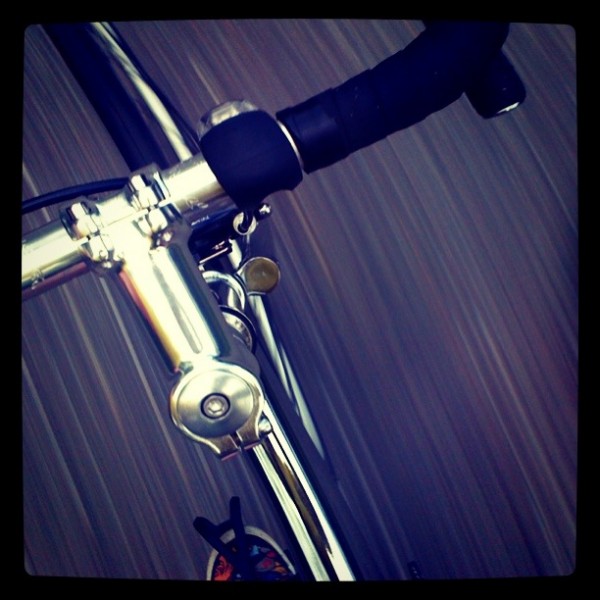
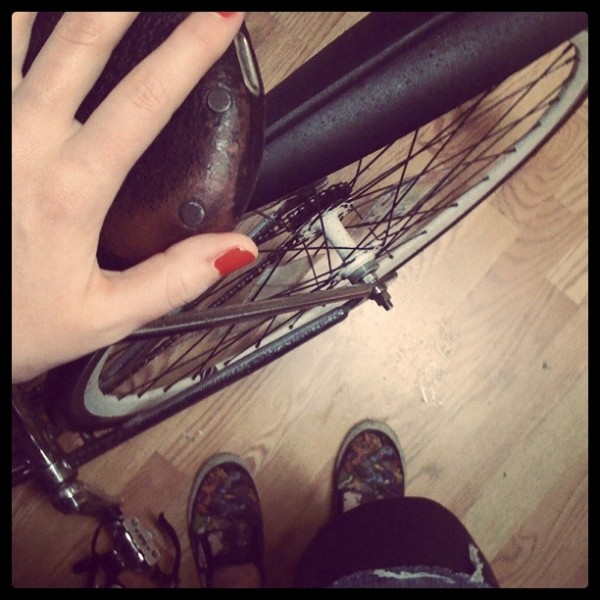
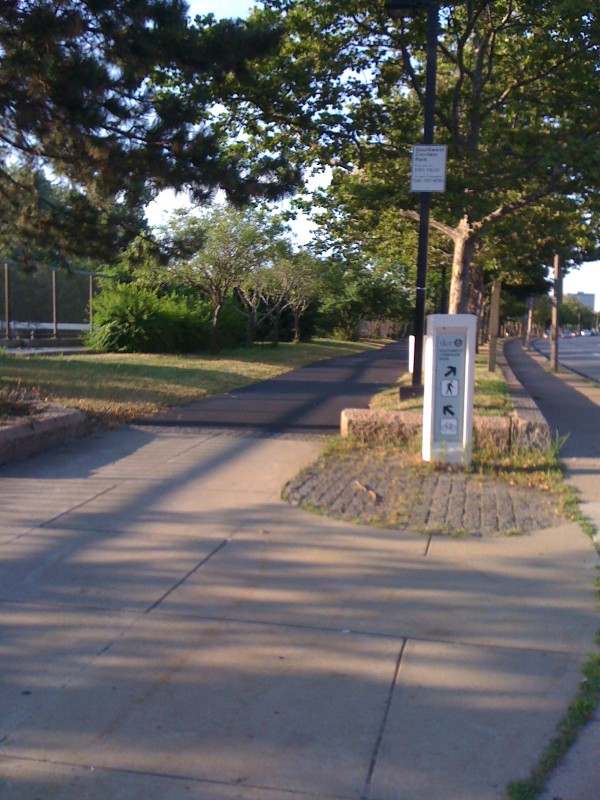
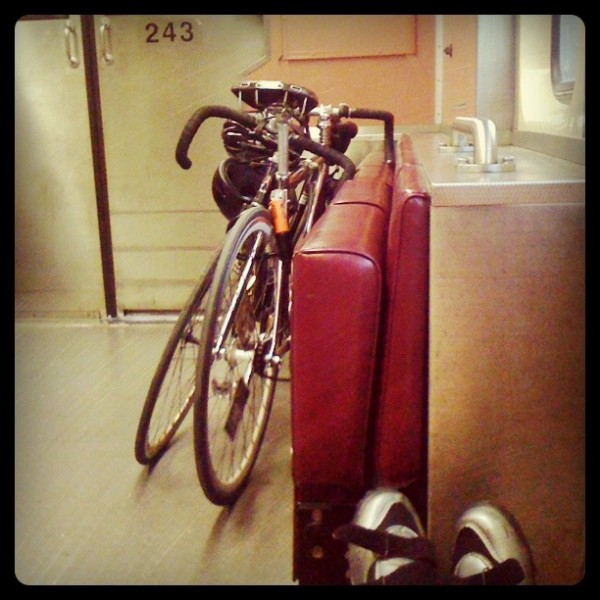
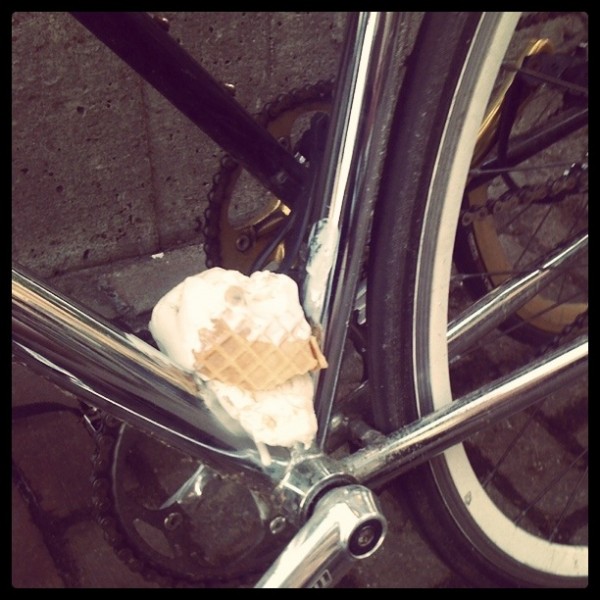
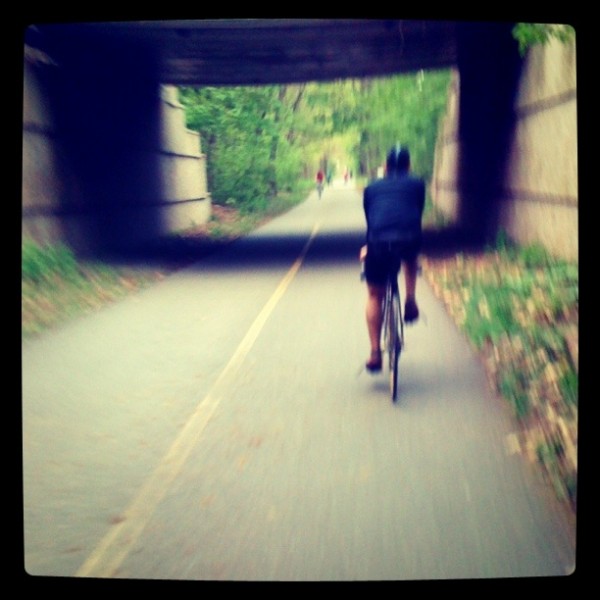
![IMG_0865[1]](https://unionjackcreative.com/wp-content/uploads/2011/07/IMG_08651-600x600.jpg)
![IMG_0898[1]](https://unionjackcreative.com/wp-content/uploads/2011/07/IMG_08981-600x600.jpg)
![IMG_0864[1]](https://unionjackcreative.com/wp-content/uploads/2011/07/IMG_08641-600x600.jpg)
Thanks so much for this post. I just signed up for hubway and tried it out for the first time yesterday. I haven’t really biked much since I moved to Boston and the last time I biked regularly I didn’t have my drivers license yet and lived in the burbs.
I love having access to a bike, but Boston drivers are Boston drivers. I know because I used to be one. I hope that I get used to biking we all get more used to having bikes on the road. They’re windy, bumpy and I still feel like I’m getting looks from cars and pedestrians like what is that crazy Eco-friendly two wheeled machine that you’re sitting on?
Pingback: Union Jack Creative – Friday Fancies
Pingback: Union Jack Creative – Born to Bike
Pingback: Union Jack Creative – Cycle Style
Pingback: Big on Bikes | Hollaback! Boston